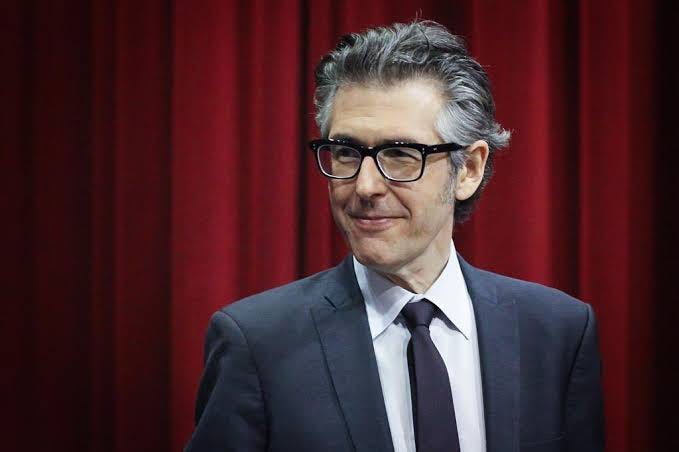Q&A: Ira Glass on structuring stories, asking hard questions:
The structure of stories on our show in this kind of narrative journalism is there’s plot and then there are ideas. And those are the two elements that you’re constantly monitoring to know whether or not you’ve got them. And in part I feel like when people hear that they don’t even know exactly what is meant by that. All plot is is a series of actions where one thing leads to the next—sort of like this thing led to this next thing, led to this next thing, led to this next thing, led to this next thing, and then some of the things in this list can be, “And then he said this to me, and as a result, I said this back to him, and then he said this back to me, and then I got angry and I stormed out and I wrote a bill saying…” What you want is one thing leads to the next leads to the next leads the next and the reason why we do that is because once you have any sequence of actions in order of like, this happened and then this happened and this happened that creates narrative suspense because you wonder what happened next.
And once you have narrative suspense, it just makes the entire project of getting somebody to listen to a story or listen to anything you’re saying so much easier because they just want to find out what’s going to happen. And then you can just take them on a journey and walk them through all kinds of feelings and ideas—even on subjects that they don’t think they want to hear about—you know, because they just get caught up in like wait like what happened next? And so it’s just an enormously powerful tool for journalism, and even journalism that’s like just very personal journalism about documenting somebody’s personal life. You want the forward motion of events, and then the ideas that you’re driving at don’t have to be like the smartest ideas in the world.
This is a key notion in standup too:
Once you have narrative suspense, it just makes the entire project of getting somebody to listen to a story or listen to anything you’re saying so much easier because they just want to find out what’s going to happen.
Get them on the edge of their seat somehow. Say an intriguing premise, tell an interesting story, reveal something vulnerable, etc. Getting them engaged is half the battle. Once they’re locked in, it becomes so much easier to play off that tension and get laughs.
Related:
Ira Glass: What beginners make just ain't that good (and what to do about it)
Ira Glass, host and producer of the radio and television series This American Life, on the gap beginners face:
The two questions Ira Glass says lead to great stories
When it comes to getting good stories, Ira Glass swears by these two questions: “How did you think the situation was going to work out before it happened? And then how did it really work out?”







dear matt,
great piece! ira glass is always super.
regarding this: "Get them on the edge of their seat somehow. Say an intriguing premise, tell an interesting story, reveal something vulnerable, etc. Getting them engaged is half the battle. Once they’re locked in, it becomes so much easier to play off that tension and get laughs" ...
if "getting them engaged is half the battle," ACTUALLY MAKING VALUABLE USE OF THEIR ENGAGEMENT is the other half. that is, saying something. something funny, meaningful, unique, personal, specific, whatever it is.
i say this because a lot of times folks spend time getting the attention and not capitalizing on it meaningfully. this happens all over. the news headline is catchy, but is the story interesting? the person runs a good political campaign, but how do they actually govern? they have a great social media game, but how is the live show?
so, the opening line gets them. how do you keep them?
thanks for sharing! fun piece as always!
love
myq